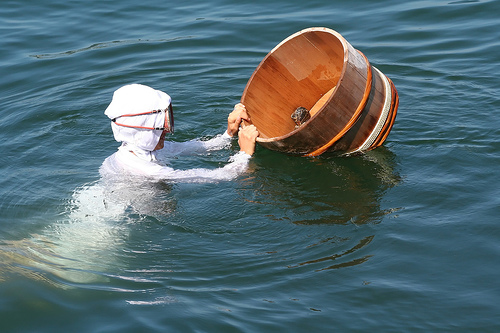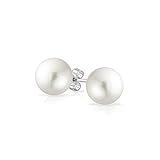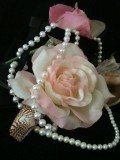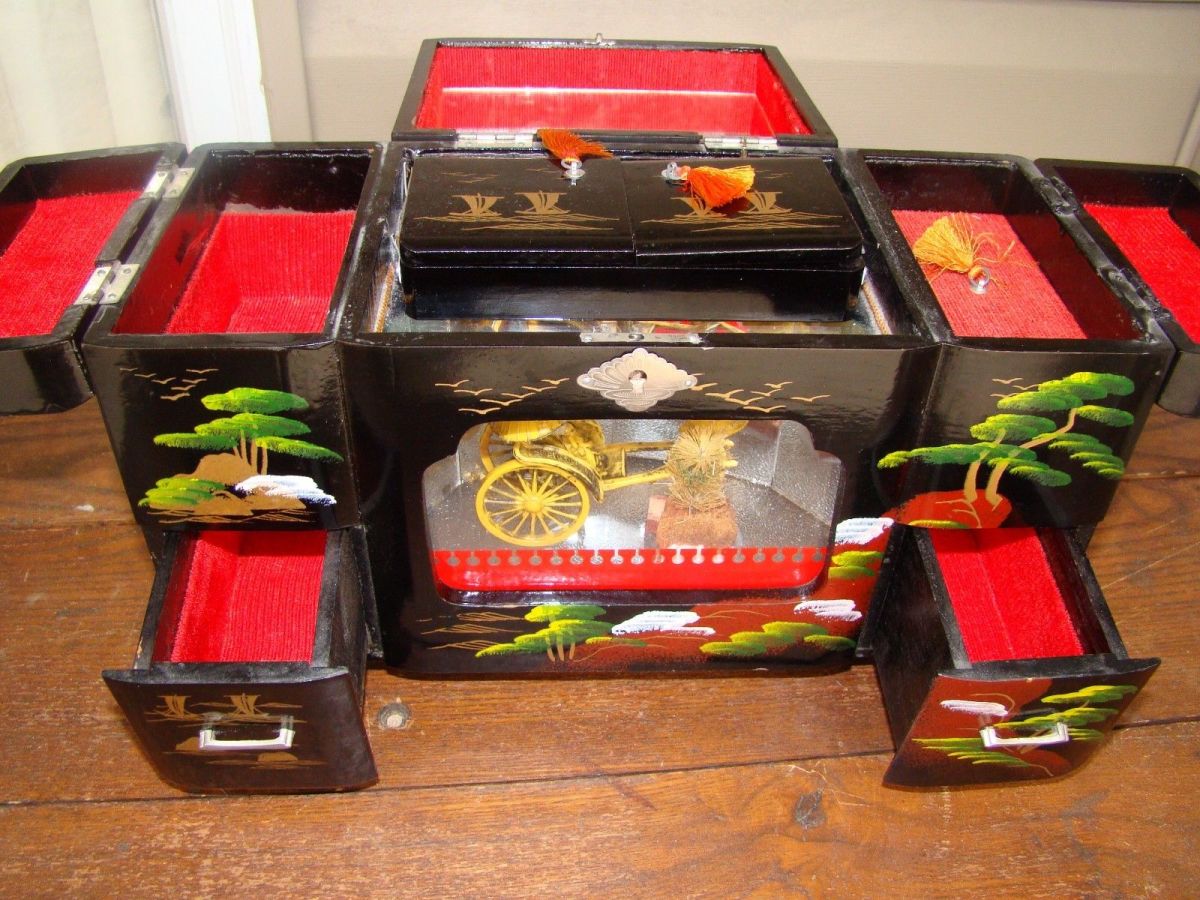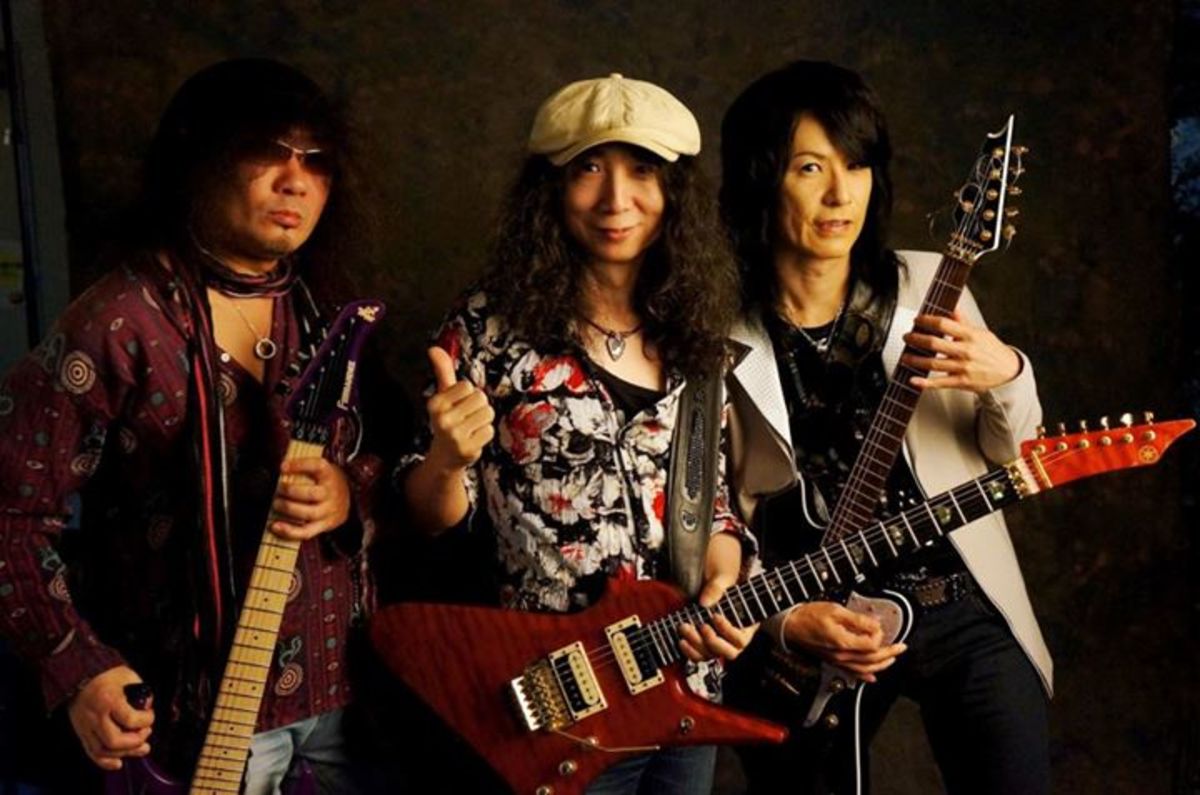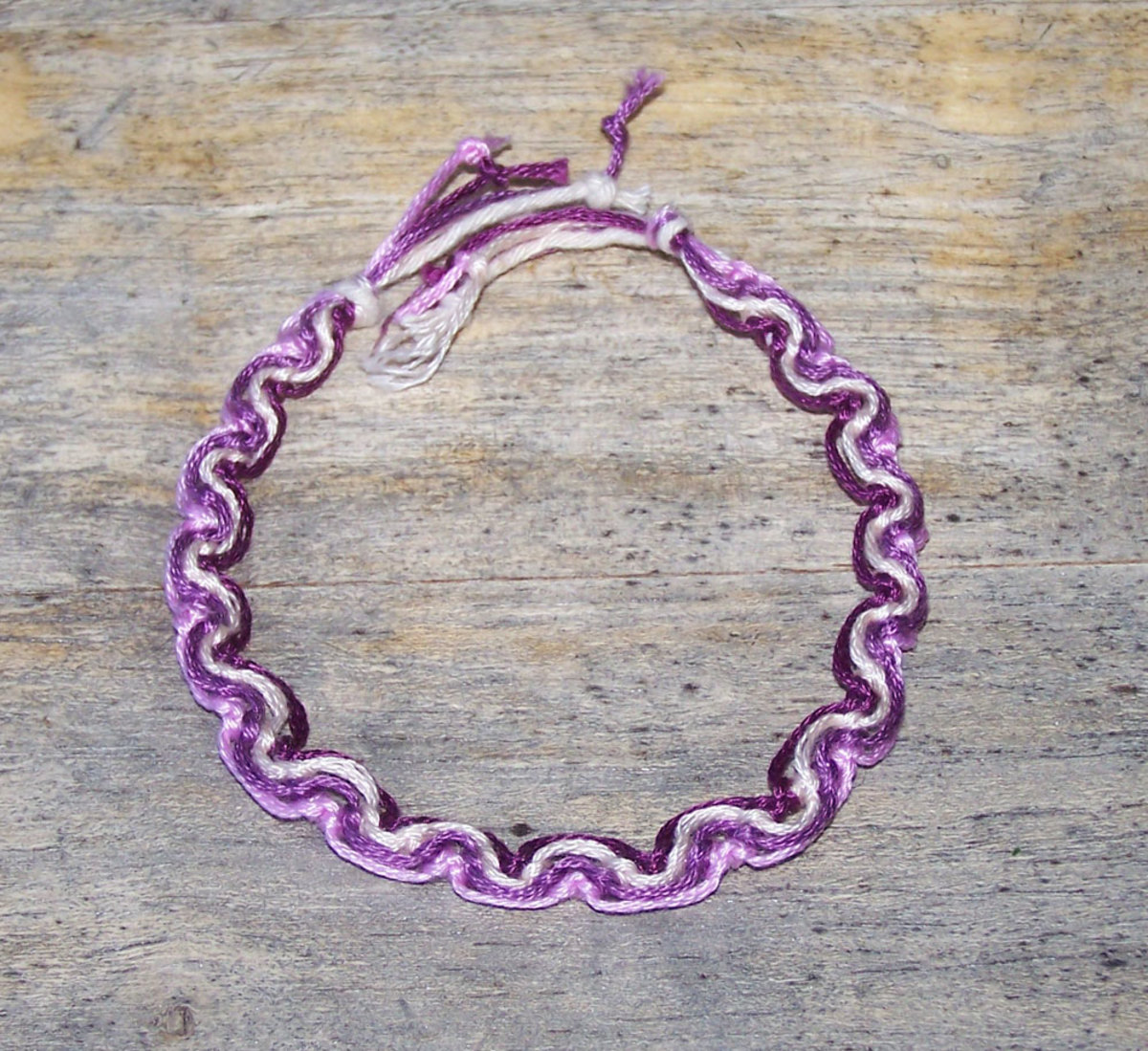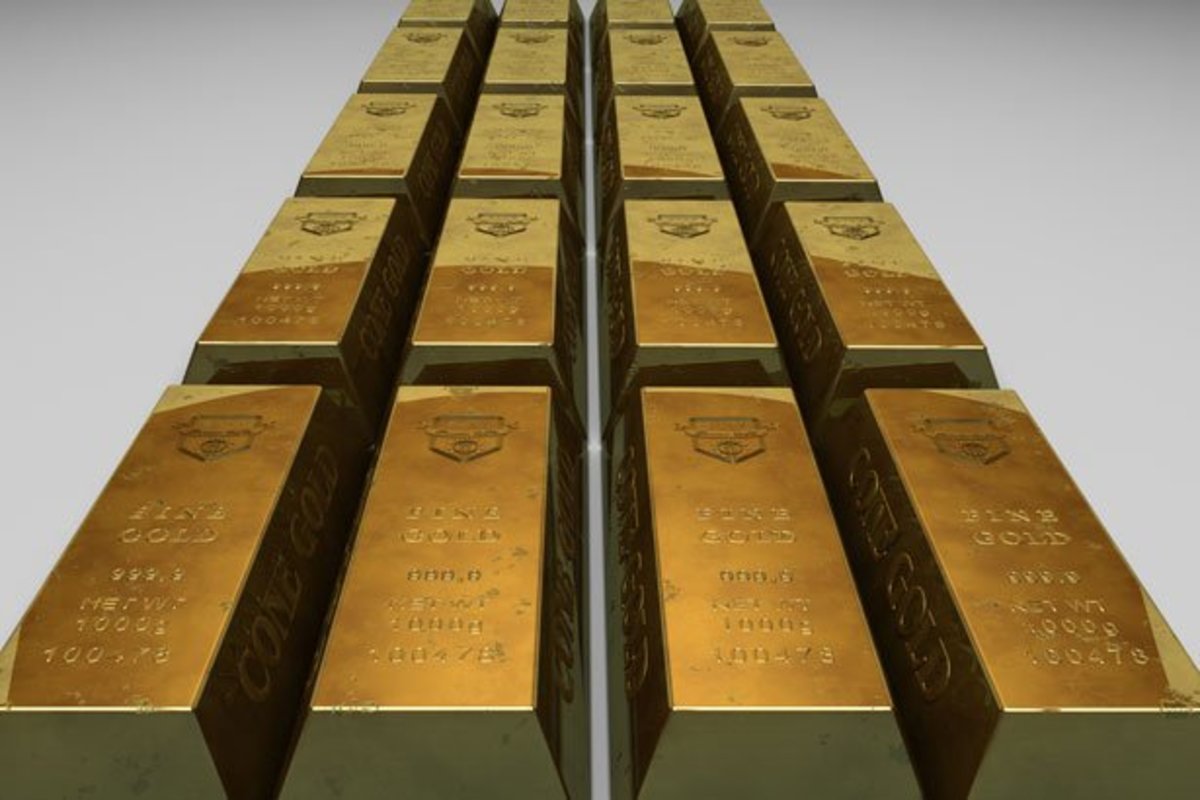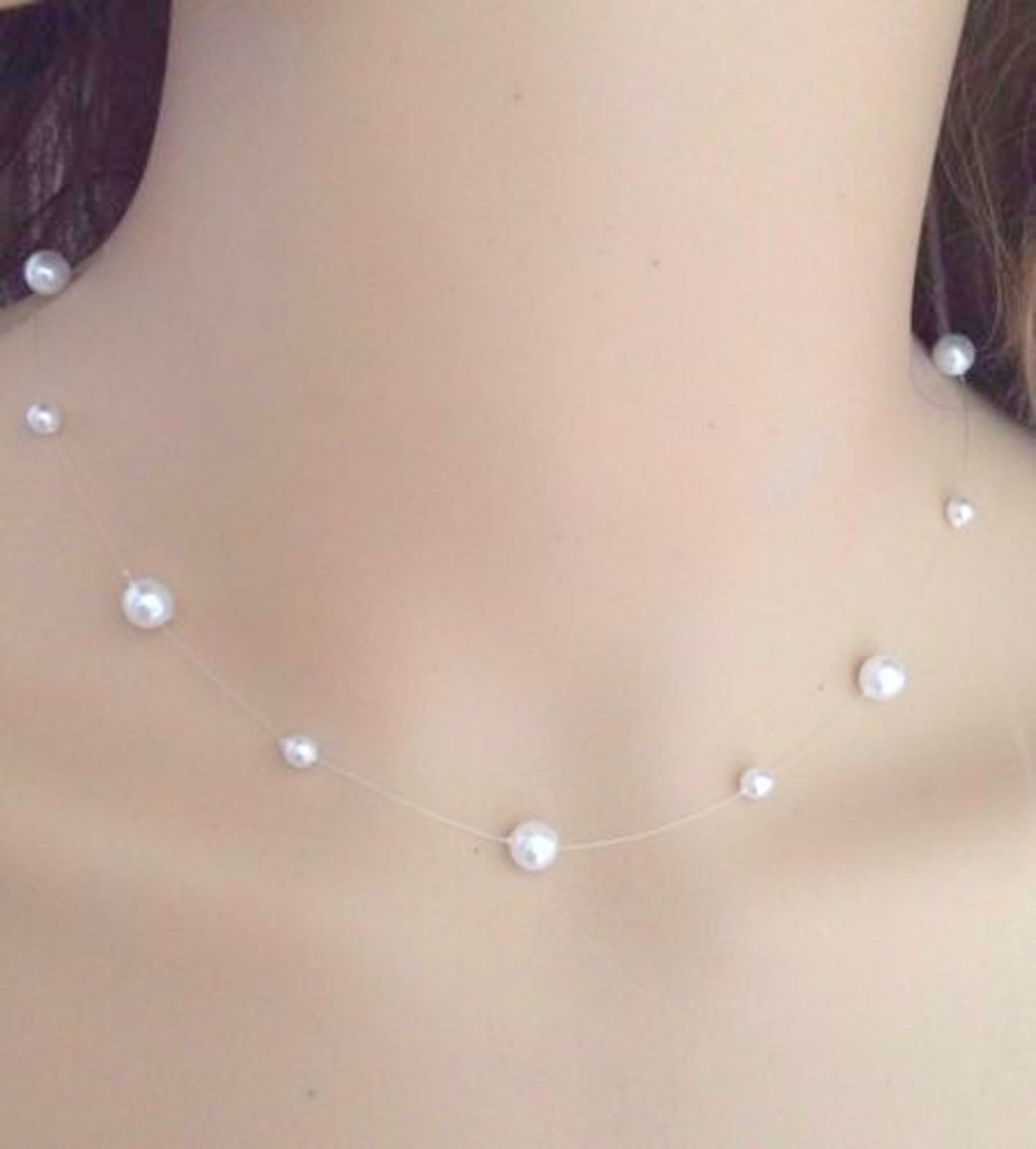Japan of Pearls: How They Cultivate Pearls in Japan
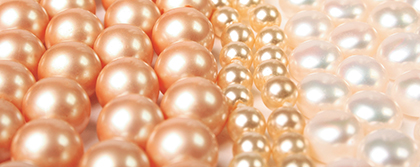
According to one Japanese legend, pearls are the tears of sea goddess Ami whose daughter Katsuko was stolen by an evil demon. Another legend tells how gods who lived in heaven decided to come down to Earth and stayed there for a while. When they left, the seashore was covered with pearls. The pearls were brought to the seashore by ocean waves.
In Japan, there is a special way of wearing pearls. When a girl is born, she is offered a pearl. When she grows a little older, she receives pearl earrings for a gift. Finally, on the wedding day, she wears a pearl necklace.
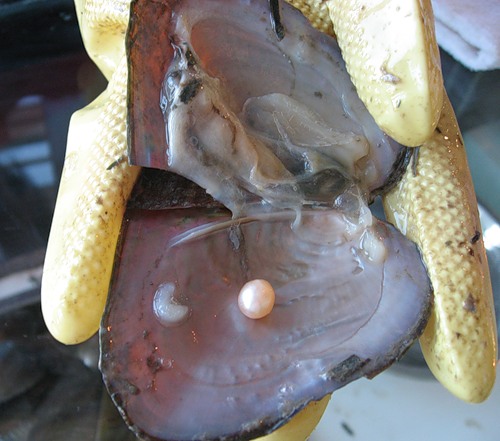
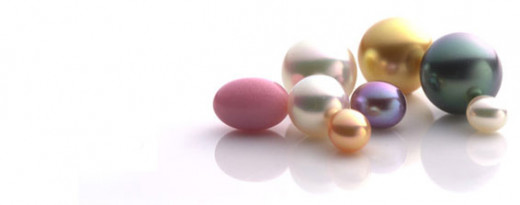
Kokichi Mikimoto - the pearl king
On Sima peninsular there is Toba, city of pearls. Toba became famous as the birthplace of Kokichi Mikimoto, son of a noodles trader. Born in 1858, he was the future pearl king.
At the age of 33, when Mikimoto entered a jewelry store, he was surprised how expensive pearls were. The process of pearls production was then well-known. A small bit of sand, as it gets inside a shellfish, irritates the oyster, and the oyster begins to enrobe it with precious layers of hardened mucus. Layer by layer, a beautiful gemstone is formed.
Mikimoto's idea was to reproduce this natural phenomenon by making it industrial. Pearls had been cultivated before in China. The Chinese placed small bits of sand, clay, wood or copper inside shellfish by opening the shell and placing a small object between the mantle and the shell itself. Then they placed them in water again. Within time, from several months to three years, the shellfish was retrieved from water, with a pearl in it.
In the middle of the 18th century Linnaeus, famous Swedish naturalist, suggested the same method of pearl cultivation. Pearls cultivated by him make part of Linnaeus collection in London.
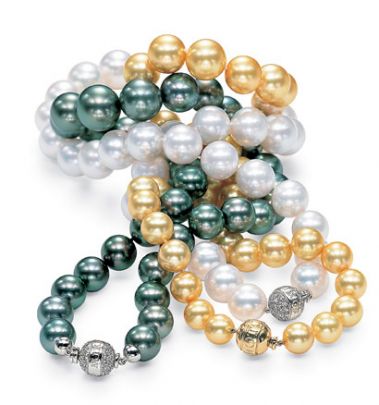
For some time Mikimoto experimented but with no success. Then, one day in 1893 he discovered a small pearl in one of the seashells. Since that day till his death in 1954 Mikimoto grew pearls. When his pearls first appeared in Europe, the jewelers refused to admit that they were real. But the experts stated that there was not much difference between natural and cultivated pearls. Their color, luster and composition were the same.
Mikimoto's method was to make a hole in the shell and to place a small limestone ball on a little string inside. The idea was that pearls are formed quicker if the oyster is not disturbed and the shell is not opened. The method of Mikimoto has been adopted by many Japanese firms.
If you visit Mikimoto Shinju-to, the place where the cultivated pearls are produced, next to the city of Toba, you will learn a lot of facts about pearl culture in Japan.
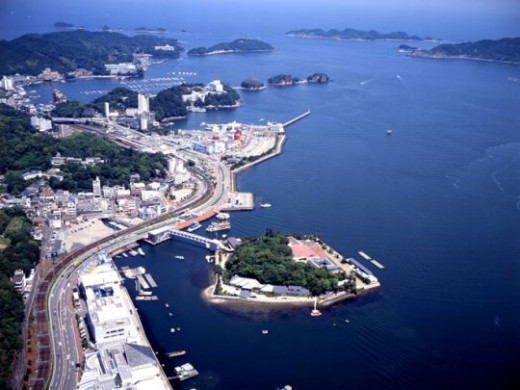
Ama - Japanese pearl divers
Here, on the island, you can also see another site of Japan - ama, women-divers. They have been diving for lobsters, shellfish and seaweed for centuries. If they are lucky, they collect pearls. The women-divers work from morning till sunset, dressed in a special outfit. Plunging as deep as 20 meters, they get shellfish, edible mussels and weed. Before, they used to dive topless. There were no men nearby and ama felt more comfortable this way. Traditionally, ama began to live professionally at the age of 15. When Americans occupied Japan during World War II, ama were as popular as geisha. Diving with a heavy load for a quicker plunge, ama may stay under water for 40 - 65 seconds and sometimes for several minutes. Then, they send a signal to the person in the boat by pulling on a rope and they are pulled up from water. When it gets cold, ama drink hot tea right in the boat.
There is hardly anybody living in Japan who doesn't know who ama are. However, hardly anyone can boast of being acquainted with women of this strange in our civilized world and dangerous profession. Ama live in isolated communities alongside the seashore.
Nowadays, as pearls are cultivated industrially, ama entertain tourists or collect edible seafood.
